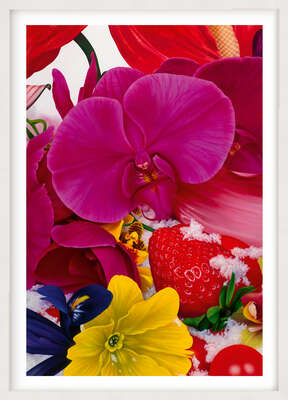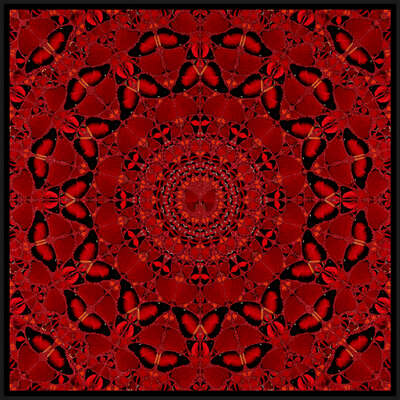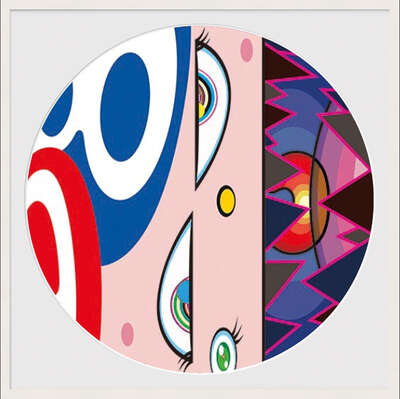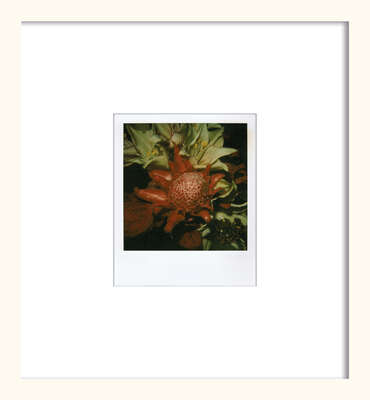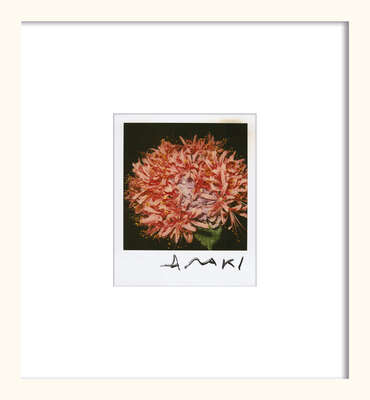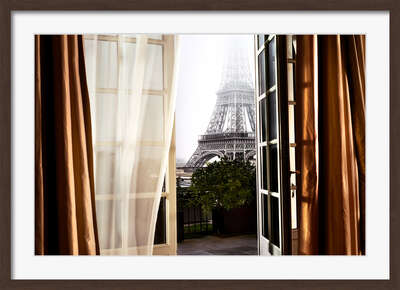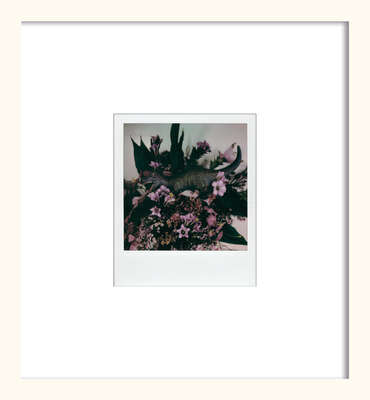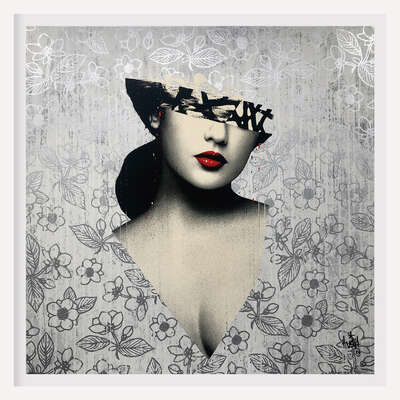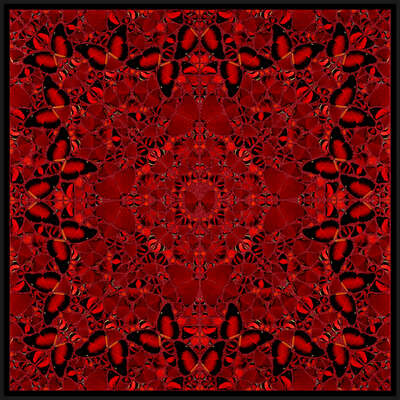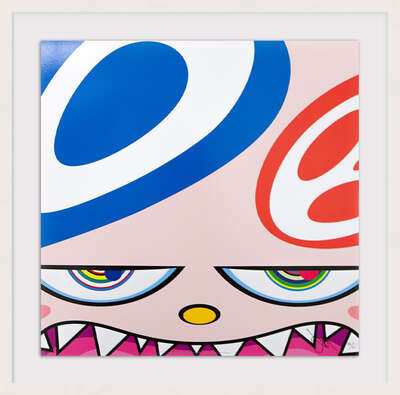

WORLD-CLASS ART FOR YOUR HOME

The cherry blossoms in Damien Hirst's globally acclaimed “Cherry Blossoms” series were taken from nature and transformed into almost exaggerated, modern poetry with thick brushstrokes: Using gestural painting, they reinterpret the traditional floral theme of art history in an ironic yet irresistibly beguiling way. Blooming cherry trees against a blue sky reflect desire, life, and death – beauty and transience. The passionate process, enabling the artist to lose himself in color and paint, thus resulted in immersive pieces – a sea of blossoms to “fall into”. Chaotic, dazzling, and delicate, his “Cherry Blossoms” blend the extremes of beauty.

The butterfly is a recurring motif in the works of Damien Hirst, symbolizing beauty and transience. The old master of the Young British Artists recalls this imagery in his new five-part series that challenges Eurocentric historical biases. The works - Nur Jahan, Theodora, Wu Zetian, Suiko and Taytu Beytul – carry the names of former empresses of the Mughal, Byzantine, Chinese, Japanese and Ethiopian empires, respectively. The glitter-embedded silkscreen works introduce and immortalize these exalted yet often-overlooked rulers into the Western artistic canon.

The artwork is an outstanding example of Takashi Murakami’s ability to reshape and reinterpret traditional Japanese art styles with a contemporary outlook. The cartoonish flowers that line the titular river lend the work a poignant and playful atmosphere, symbolizing both the beauty and transience of life.

What makes Peter Doig one of the most influential figurative artists of the present day shines gently through the brilliant play of colors in “Alice at Boscoe's”: The piece, as a result of a year-long artistic process, shows his 10-year-old daughter in front of the family home in Trinidad – lost in thought, melting into her surroundings. The contrast of bright red tones embedded in deep green creates a serene radiance that captures the idyll of the south in the most personal way.

In his Polaroids, the photographer and artist Nobuyoshi Araki captures fleeting moments of love, sexual expression and lust staged against an ever-present backdrop of mortality and existential struggle. Araki is one of the most influential Japanese photographers of all time, utilizing stark contrasts in both color and theme to span topics as diverse as fertility, existentialism and the fleeting nature of being. He is especially renowned as a chronicler of the times, whose works have shone a light on the changing sexual attitudes of his society.

In the pantheon of art world greats, Ai Weiwei stands out for his masterfully outspoken social critiques. His “Study of Perspective” series helped the artist to make his name and is now recognized as a global symbol of resistance.

This artwork blurs the line between the representational and the abstract. Rather than a clear beginning or end, the painting depicts a continual flow of color, form and subject matter, inviting the viewer to find their own interpretations and narratives within the work.

Whether draping islands in pink floating fabric or wrapping landmarks like the Berlin Reichstag in swathes of cloth, the vast installments of Christo and Jean-Claude are instantly recognizable. Together, they created monumental artworks that will live long in the memory.

Marc Quinn is one of the most enduring figures of the “Young British Artists” movement, a stable of creatives who revolutionized the contemporary art world in the 1990s. His opulent floral arrangements create a sensory overload, straddling the line between art and science.




























